#NASA
Text

Full Pink Moon 2024 l Andrew McCarthy
#moon#full moon#astrophotography#astronomy#space#pink moon#night#stars#sky#solar system#nasa#universe#galaxy#planets
997 notes
·
View notes
Text

NGC 3372, Eta Carinae
739 notes
·
View notes
Text
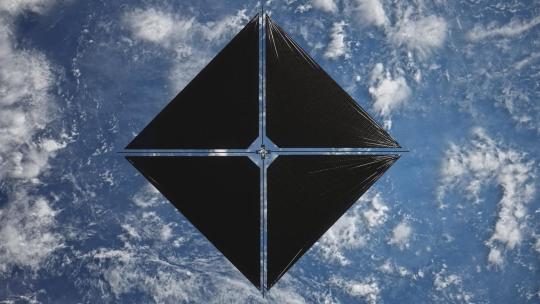
Setting Sail to Travel Through Space: 5 Things to Know about our New Mission
Our Advanced Composite Solar Sail System will launch aboard Rocket Lab’s Electron rocket from the company’s Launch Complex 1 in Māhia, New Zealand no earlier than April 23, at 6 p.m. EDT. This mission will demonstrate the use of innovative materials and structures to deploy a next-generation solar sail from a CubeSat in low Earth orbit.
Here are five things to know about this upcoming mission:
1. Sailing on Sunshine
Solar sails use the pressure of sunlight for propulsion much like sailboats harness the wind, eliminating the need for rocket fuel after the spacecraft has launched. If all goes according to plan, this technology demonstration will help us test how the solar sail shape and design work in different orbits.
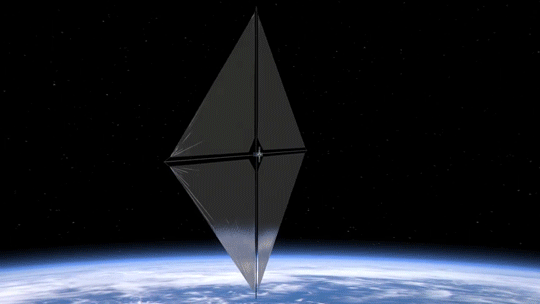
2. Small Package, Big Impact
The Advanced Composite Solar Sail System spacecraft is a CubeSat the size of a microwave, but when the package inside is fully unfurled, it will measure about 860 square feet (80 square meters) which is about the size of six parking spots. Once fully deployed, it will be the biggest, functional solar sail system – capable of controlled propulsion maneuvers – to be tested in space.

3. Second NASA Solar Sail in Space
If successful, the Advanced Composite Solar Sail System will be the second NASA solar sail to deploy in space, and not only will it be much larger, but this system will also test navigation capabilities to change the spacecraft’s orbit. This will help us gather data for future missions with even larger sails.
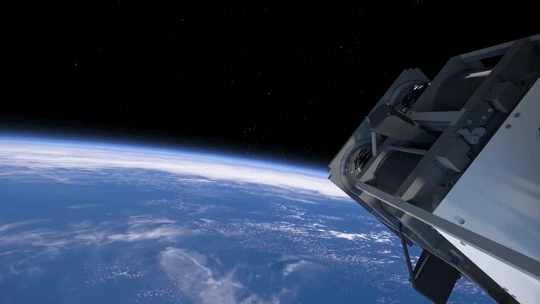
4. BOOM: Stronger, Lighter Booms
Just like a sailboat mast supports its cloth sails, a solar sail has support beams called booms that provide structure. The Advanced Composite Solar Sail System mission’s primary objective is to deploy a new type of boom. These booms are made from flexible polymer and carbon fiber materials that are stiffer and 75% lighter than previous boom designs. They can also be flattened and rolled like a tape measure. Two booms spanning the diagonal of the square (23 feet or about 7 meters in length) could be rolled up and fit into the palm of your hand!

5. It’s a bird...it’s a plane...it’s our solar sail!
About one to two months after launch, the Advanced Composite Solar Sail System spacecraft will deploy its booms and unfurl its solar sail. Because of its large size and reflective material, the spacecraft may be visible from Earth with the naked eye if the lighting conditions and orientation are just right!
To learn more about this mission that will inform future space travel and expand our understanding of our Sun and solar system, visit https://www.nasa.gov/mission/acs3/.
Make sure to follow us on Tumblr for your regular dose of space!
875 notes
·
View notes
Text

Profile of Cosmic Witch ©
#space#witch head nebula#astrophotography#universe#stars#night sky#solar system#galaxy#nebula#astronomy#nasa#planet#cosmos
330 notes
·
View notes
Text
151 notes
·
View notes
Text
A few more clear 8K quality photos. Mercury's surface temperatures are both extremely hot and cold. Because the planet is so close to the Sun, day temperatures can reach highs of 800°F (430°C).

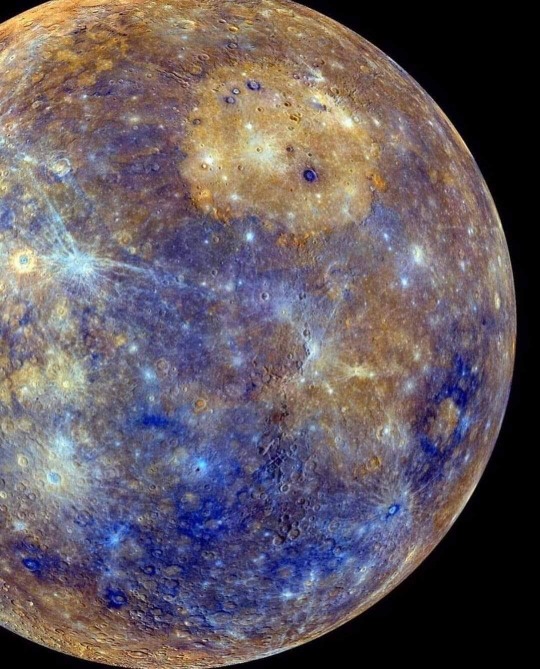

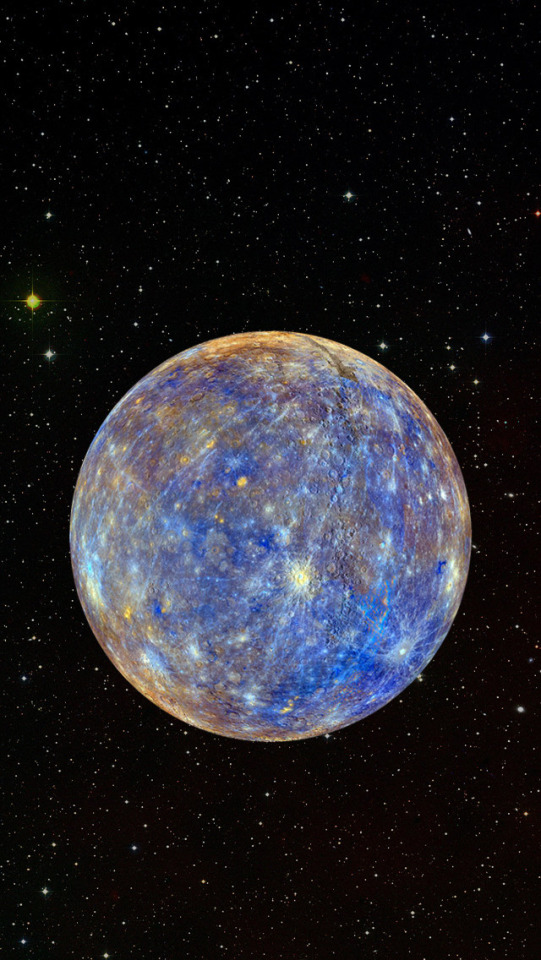


#planet mercury#mercury planet#sunshine#deep sky#sky#i love astronomy#astronomy facts#astrography#astronomy#nasa#astronomers#universe#astrophotography#nasa photos#astrophysics#outer space#nasawebb#hubble space telescope#solar system#international space station#space science#space exploration#space#space photography#astronaut#planetary science#science facts#science#planetary nebula#cosmos
92 notes
·
View notes
Photo

A Jupiter Vista from Juno
Credits: NASA, JPL-Caltech, SwRI, MSSS, License, Kevin M. Gill
69 notes
·
View notes
Text
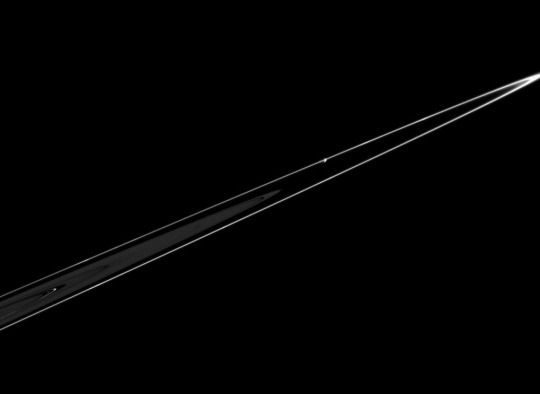
Cassini: Pandora orbiting just beyond the outer edge of Saturn's F ring (February 18, 2005)
#cassini huygens#esa#european space agency#nasa#nasa photos#astronomy#astrophotography#solar system#krakenmare#outer space#space#thank you nasa#saturn#pandora#saturn's rings#saturn's moons#2005
61 notes
·
View notes
Text








April's Full Pink Moon
l Rami Ammoun l Brad Perry l KristinLRaught l Dan Martland l EdPiotrowski l StonehengeUK l UofGlasgow l coko9718
#moon#full moon#space#astrophotography#astronomy#nasa#universe#pink moon#solar system#planets#galaxy#earth#stars#night#sky#april
151 notes
·
View notes
Text

NGC 6164, Dragon's Egg
405 notes
·
View notes
Photo

A Glimpse of Saturn: Voyager 1's 1980 Interstellar Encounter
61 notes
·
View notes
Text


Comet Pons-Brooks © Chris Jones
#comet#comet pons brooks#space#astrophotography#nasa#universe#stars#night sky#solar system#astronomy#galaxy#planet#cosmos
304 notes
·
View notes
Text
NASA's delayed Dragonfly drone mission to Saturn's largest moon Titan is on track to launch in July 2028, the space agency confirmed late Tuesday (April 16).
The highly anticipated decision greenlights the mission team to proceed to final mission design and testing in preparation for the revised launch date.
The car-sized Dragonfly, which is being built by the Johns Hopkins Applied Physics Laboratory (APL) in Laurel, Maryland, will reach Titan in 2034. For the next 2.5 years, the nuclear-powered drone is expected to perform one hop every Titan day — 16 days to us Earthlings — hunting for prebiotic chemical processes at various pre-selected locations on the frigid moon, which is known to contain organic materials.
Continue Reading.
47 notes
·
View notes
Text
79 notes
·
View notes

